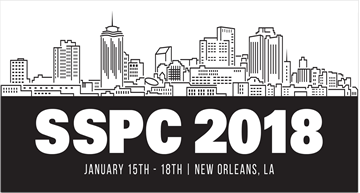Search
Setting The Bar For Composite Repairs – Now And In The Future
Also Purchased
Techniques for Inspecting Wall Thickness Metal Loss of Pipelines under Nonmetallic Sleeves
Product Number:
MPWT19-14377
Publication Date:
2019
$0.00
Composite Coatings: Basics of Fiber Reinforced Polymers for Pipe Repairs
Product Number:
51218-120-SG
Publication Date:
2018
$20.00
03051 FIELD PERFORMANCE VERSUS LABORATORY TESTING: A STUDY OF EPOXY TANK AND VESSEL LININGS USED IN THE CANADIAN OIL PATCH
Product Number:
51300-03051-SG
ISBN:
03051 2003 CP
$20.00
Recently viewed




